An oil spill occurs when seawater is contaminated with oil, either by accident or human error. Oil spills can be massively damaging to marine wildlife and humans if the oil gets into the food chain. After an oil spill, it's essential to start a clean-up operation as soon as possible. If oil coats birds' feathers, it reduces their insulation, which can lead to hyperthermia. Oil can also be ingested, leading to poisoning and oil entering the food chain. Heavier oils can remain in the environment for many years without human intervention.
This hands-on oil spill science experiment is great for helping children visualise the effects of an oil spill. It also demonstrates how water and oil don't mix and why oil floats on water.
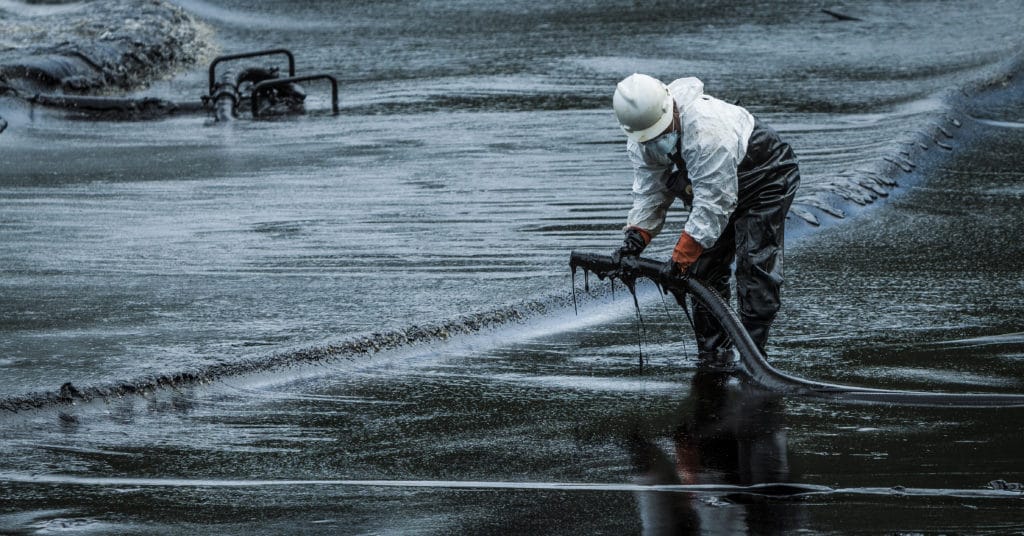
Oil Spill Experiment for Kids
This activity demonstrates how hard it is to fully separate oil from water.
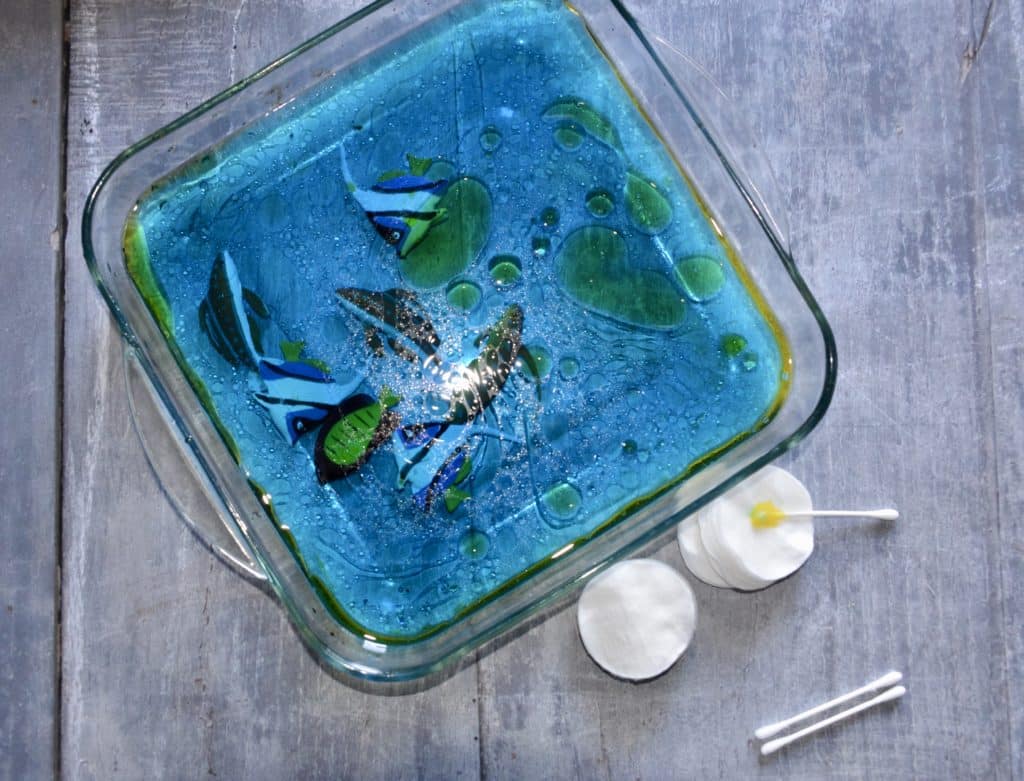
You'll need
Clear plastic container
Tray
Vegetable oil
Spoon or pipette
Water
Cotton wool
Cotton buds
Paper towel
Sponge
Oil Spill Investigation Instructions
Step 1 – Add Oil to Water
Half fill the clear container with water. Drop a small amount of oil onto the water.
The oil will float on top of the water. If you shake the container ( cover it first ), the oil and water will separate again.
Use a cotton bud to move the oil around the surface of the water.
Step 2 – Oil Clean Up
Pour enough water into the tray so the surface is completely covered and the tray is about half full.
Carefully drop two tablespoons of oil onto the surface of the water.
Experiment with the absorbent materials to discover which cleans up the oil spill the best.
Oil Spill Challenges
Try to build something to contain oil in one area of the tray.
Try the experiment again, but this time use the same amount of each absorbing material and collect the oil for the same amount of time. Which material absorbs the oil the most effectively?
Another idea is to dip a feather in the oily water and watch as it starts to feel heavier. Imagine being a bird with oil covered feathers. This activity can be further extended by exploring different methods of cleaning oil covered feathers. Water and water with washing up liquid ( dish soap ) are great things to try first.
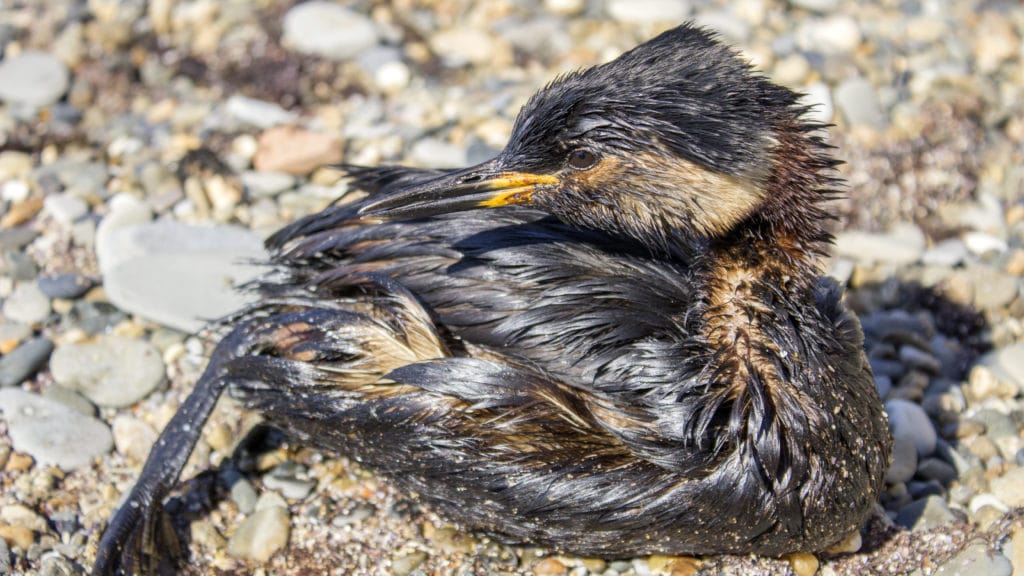
Read about the biggest oil spills in history. The Gulf War Oil Spill in 1991 led to a gigantic slick that impacted hundreds of miles of coastline in Kuwait and Saudi Arabia, causing huge amounts of damage to coastal marine life and salt marshes. The Deepwater Horizon Oil Spill in 2010 was the largest accidental oil spill in history, releasing about 134 million gallons of oil and impacting five US states.
If you found our oil spill science experiment useful, you might enjoy our edible greenhouse gas models.
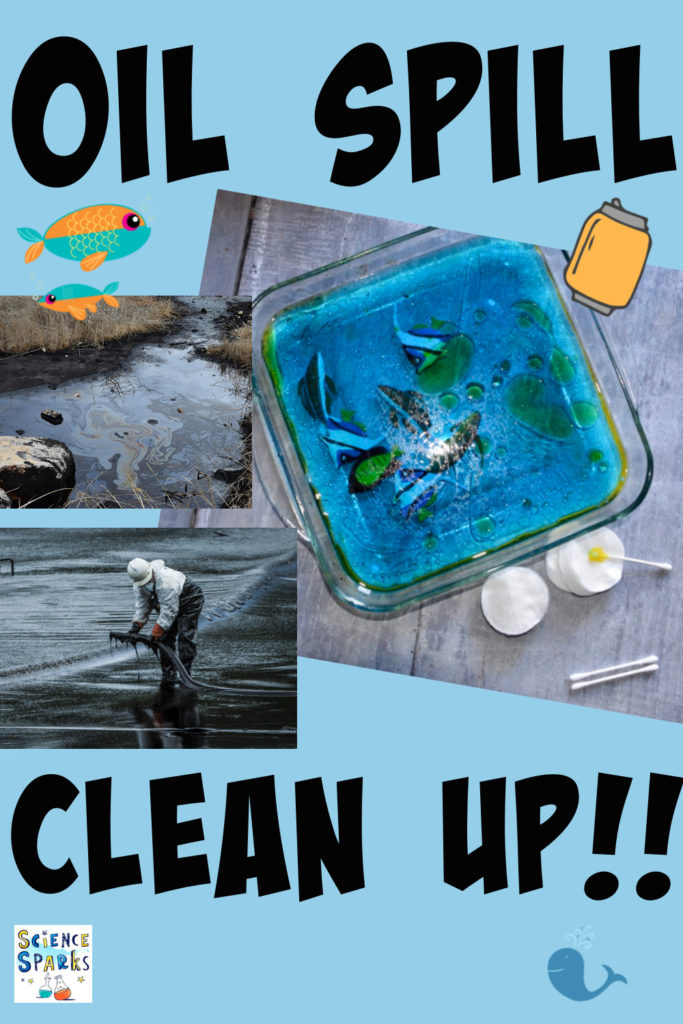
Last Updated on June 11, 2025 by Emma Vanstone
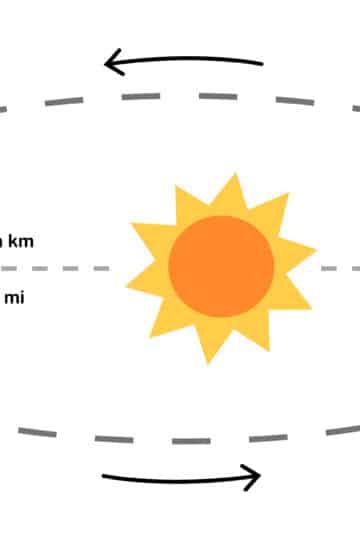
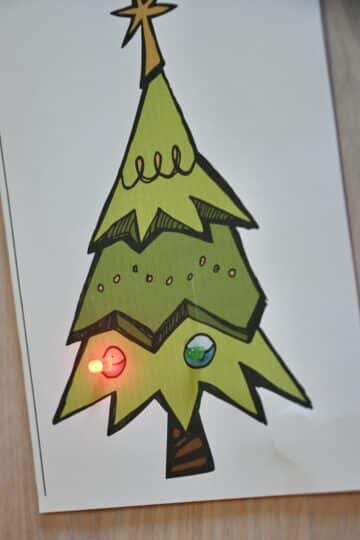
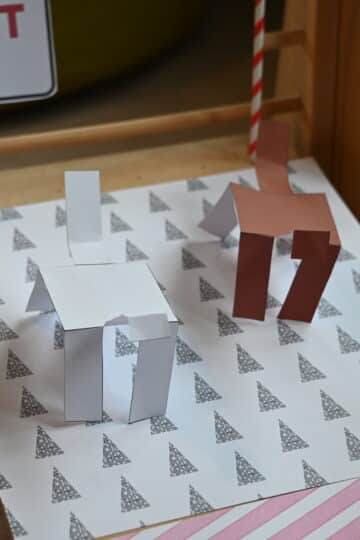
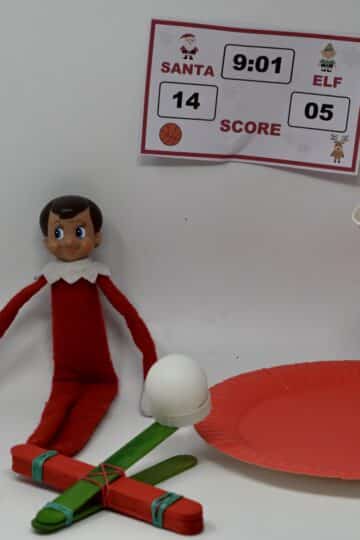
Leave a Reply